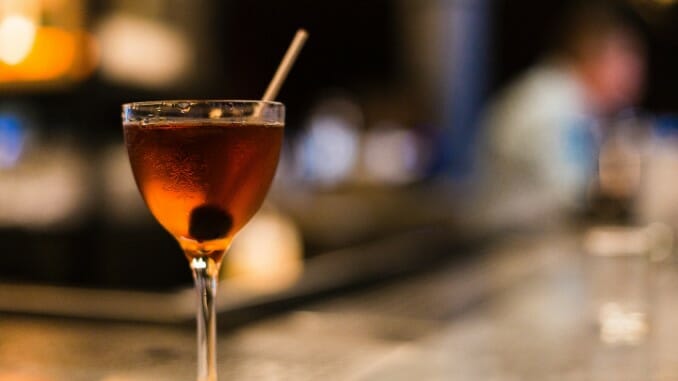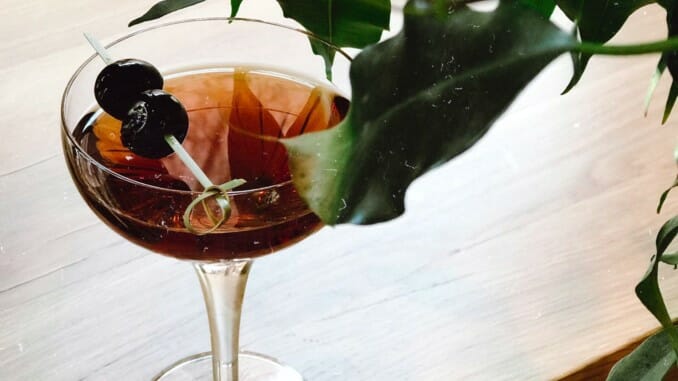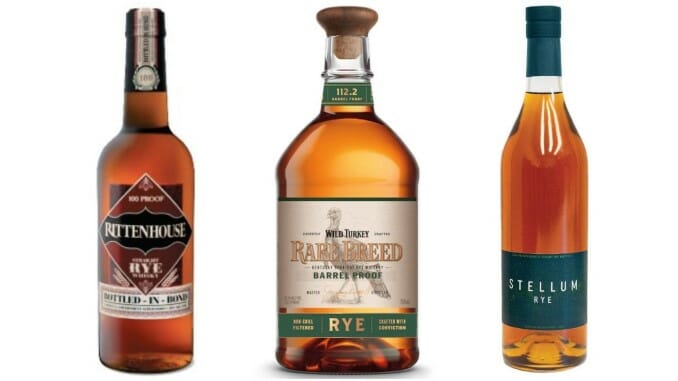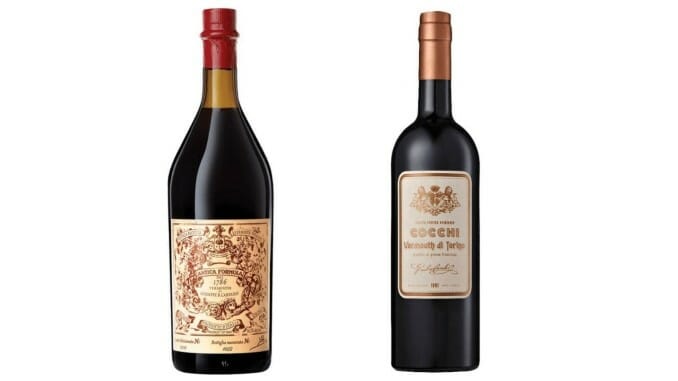Cocktail Queries: What Makes for a Great Manhattan?
Photos via Unsplash, Drew Beamer, Emily Andreeva
Cocktail Queries is a Paste series that examines and answers basic, common questions that drinkers may have about mixed drinks, cocktails and spirits. Check out every entry in the series to date.
We’ve covered a lot of ground in our Cocktail Queries series in the last few years at Paste, answering commonly asked questions about making home cocktails, as well as diving deep into individual spirits to explore topics like the best bourbon under $30, or defining the house styles of iconic Kentucky whiskey distilleries. Now, we’re drilling down on the “cocktail” in the title with this subseries on individual, classic cocktails, in order to answer the question of what makes for a great example of one of these drinks. What’s the key to a great old fashioned, for instance? A great Manhattan? A great daiquiri? A great negroni? We’ll explore them all, and then some.
Now that we have a first entry on the old fashioned cocktail under our belt, the Manhattan is an obvious next stop. Although the old fashioned was perhaps the first drink to ever be described with the term “cocktail,” the Manhattan is more likely the sort of image that first comes to mind when you hear the word “cocktail” uttered. Along with the martini, it is arguably the most iconic cocktail preparation—visually simple, elegant, effortlessly cool. It’s the kind of drink you can order without fear in almost any bar, and have at least some idea of what you’ll be receiving … although a bad Manhattan is a particularly insipid drink, sadly.
Like many other classic cocktails, the Manhattan has an apocryphal backstory that has most likely been invented piecemeal over the decades, and it’s really not worth getting into the legends here. Suffice to say, the drink has existed in some form since roughly the 1860s or 1870s, and has never really waned in its popularity. You will see some debate as to ratios and how sweet or dry a Manhattan should ultimately be, but at its core, the drink has always remained a foundational classic of American cocktails.
So, what makes for a well-executed Manhattan? Let’s get into it.
-

-

-

-

-

-

-

-

-

-

-

-

-

-

-

-

-

-

-

-

-

-

-

-

-

-

-

-

-

-

-

-

-

-

-

-

-

-

-

-

 The Manhattan is a simple but lovely drink.
The Manhattan is a simple but lovely drink. Strong, or even cask-strength rye is the way to go.
Strong, or even cask-strength rye is the way to go. If you listen to one thing I’ve written here, let it be “buy some good vermouth.”
If you listen to one thing I’ve written here, let it be “buy some good vermouth.”






































